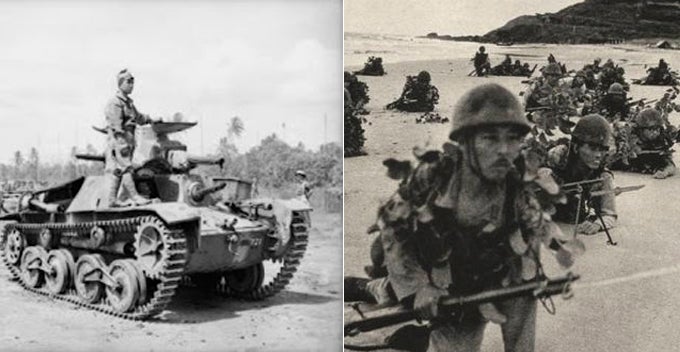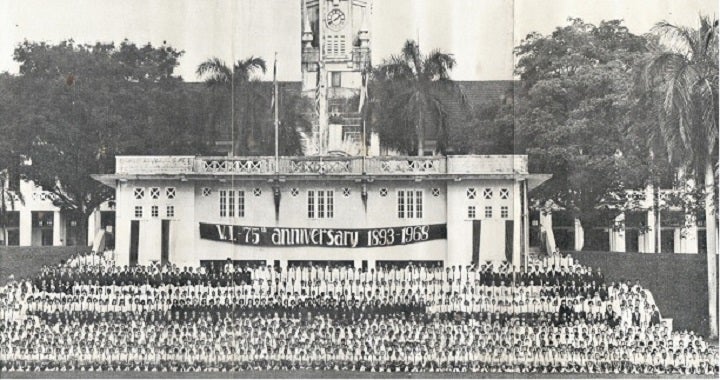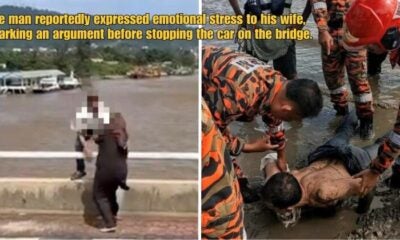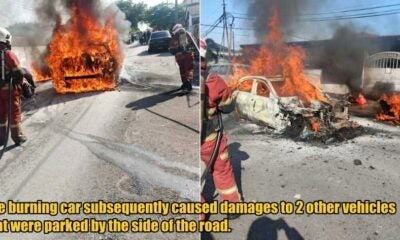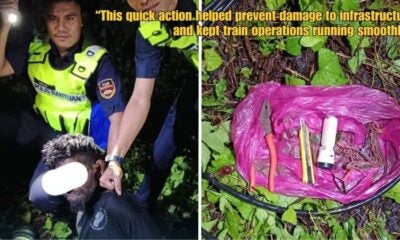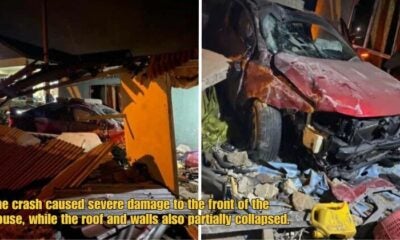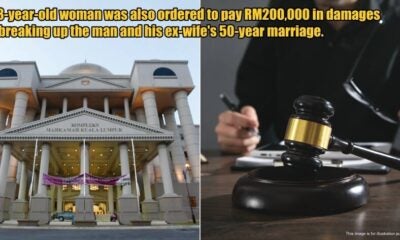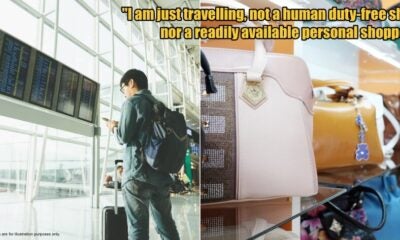The Japanese occupation of Malaya was probably the most interesting chapter in our Sejarah textbook back when we were in Form 3. We learnt that the Imperial Japanese Army landed on the Kota Bharu beach on 8 December 1941, but what many of us didn’t know was that the British soldiers were already waiting for the arrival of the Japanese.
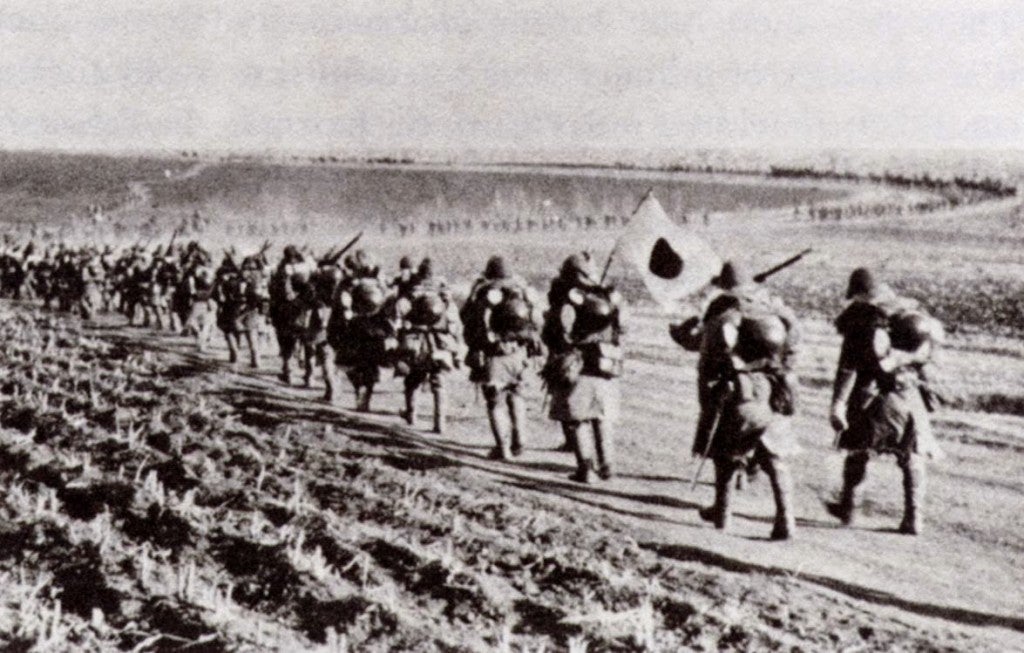
Source: Blog
Masanobu Tsuji, the Chief of Operations and Planning Staff for the 25th Japanese Army in Malaya, was part of the invasion in 1941. He recorded the incident based on what he saw and the script was translated into English by Margaret E. Lake in 1952. Here’s the translation.
“Kota Bharu was the northern gate of the British Dominion of Malaya. It was the metropolis of Kelantan Province and was the base of operations for the Royal Air Force, which had a fully equipped and well-defended aerodrome there.”
“Lying about two kilometres from the coast, it was protected by a triple line of pillboxes and wire entanglements between it and the beach. We believed the beach was heavily mined by the enemy and we waited eagerly – and anxiously – for our opportunity to land under the protection of our fighter planes.”
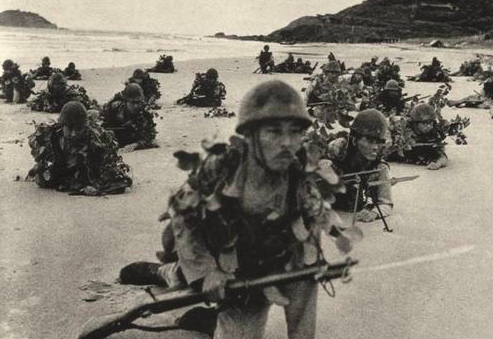
Source: WW2 in colour
At midnight of 8 December, three transportations had anchored offshore and the Japanese troops jumped into boats to be transported to the beach.
“The enemy pillboxes, which were well prepared, reacted violently with such heavy fire that our men lying on the beach, half in and half out of the water, could not raise their heads.”
The Allied Forces fighter planes began bombarding the Imperial Japanese Navy freighters named Awagisan Maru and Ayatosan Maru. Both took several direct hits and engulfed in flame.
“The officers and men of the anti-aircraft attachment, although scorched by the flames, finally shot down seven enemy planes.”
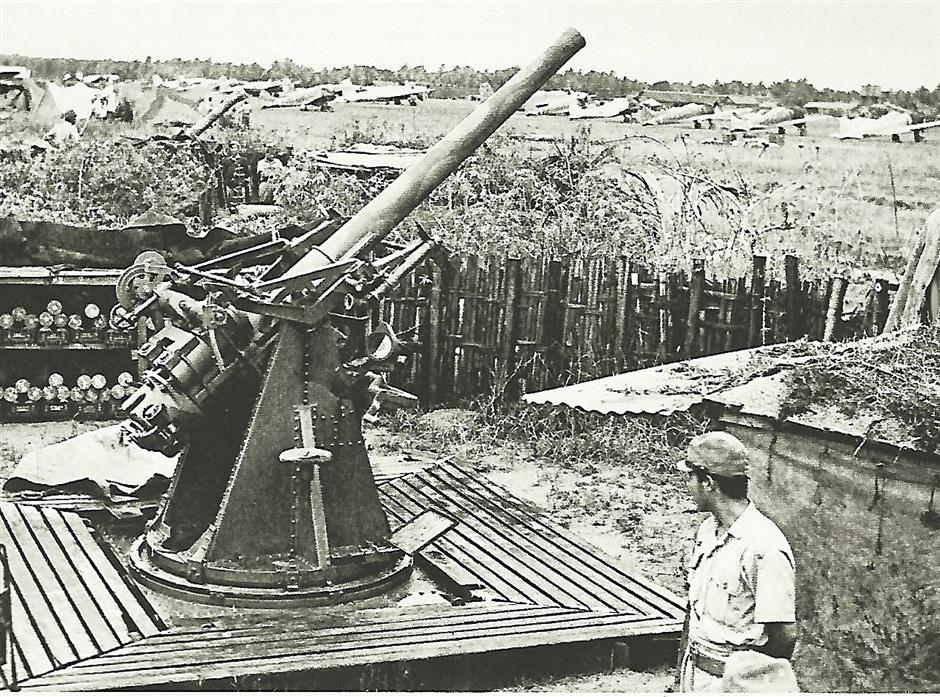
Source: Star2
The remaining soldiers then jumped into the sea and swam towards the beach as the freighters were sinking.
“As daylight came, it became impossible to move under the heavy fire at point-blank range. Officers and men instinctively dug with their hands into the sand and hid their heads in the hollows.”
“Then they burrowed until their shoulders, and eventually, their whole bodies were covered. Their positions were so close to the enemy that they could throw hand grenades into the loopholes of the pillboxes.”
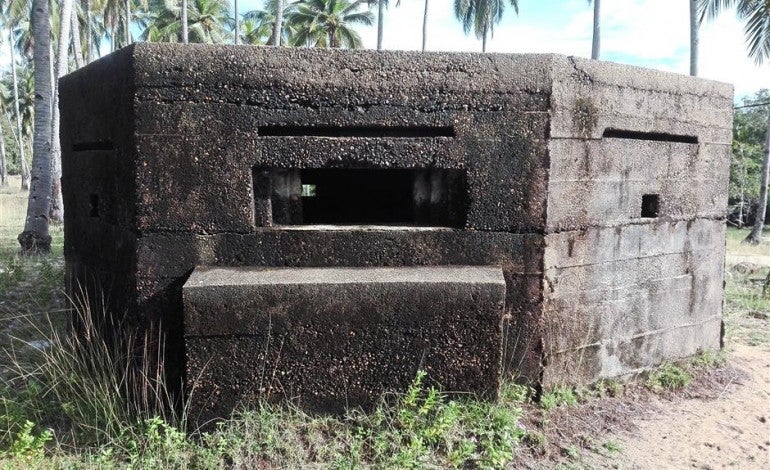
Source: Star2
“The enemy soldiers manning the pillboxes fought desperately. Suddenly, one of our men covered a loophole with his body and a group of the moles sprang to their feet in a spurt of sand and rushed into the enemy’s fortified position.”
Just like that, the first line of the enemy’s front was captured. The Japanese then prepared themselves for the second enemy line which was across the river. Not knowing the depth of the river, exhausted soldiers who were still wearing life jackets charged into the water and conquered the second line at bayonet point.
The whole aerodrome was completely captured by midnight and the Kota Bharu town was occupied by 2pm on 9 December. The Tanah Merah aerodrome was captured on 13 December while the Kuala Kulai aerodrome was taken on 19 December.
“In these actions, we captured 27 field guns, 73 heavy and light machine-guns, 7 aeroplanes, 157 motor cars and trucks, and 33 railway goods wagons. Ours loses totalled 320 men killed in action and 538 wounded. It was one of the most violent actions in the Malayan campaign…”
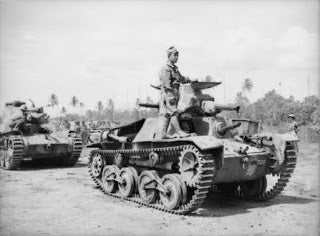
Source: Blogspot
Ask any folk who’ve lived through the Japanese Occupation and they will tell you it’s the hardest period in their lives. We’re lucky to not have to go through such pain! If you have any interesting stories during the Japanese Occupation, don’t forget to share it in the comments section!
The original transcript was taken from the book ‘Malaysia: Selected Historical Readings’ compiled by John Bastin and Robin W. Winks.
Also read: 5 of the Most Haunted Places in KL You Absolutely Want to Stay Away From

